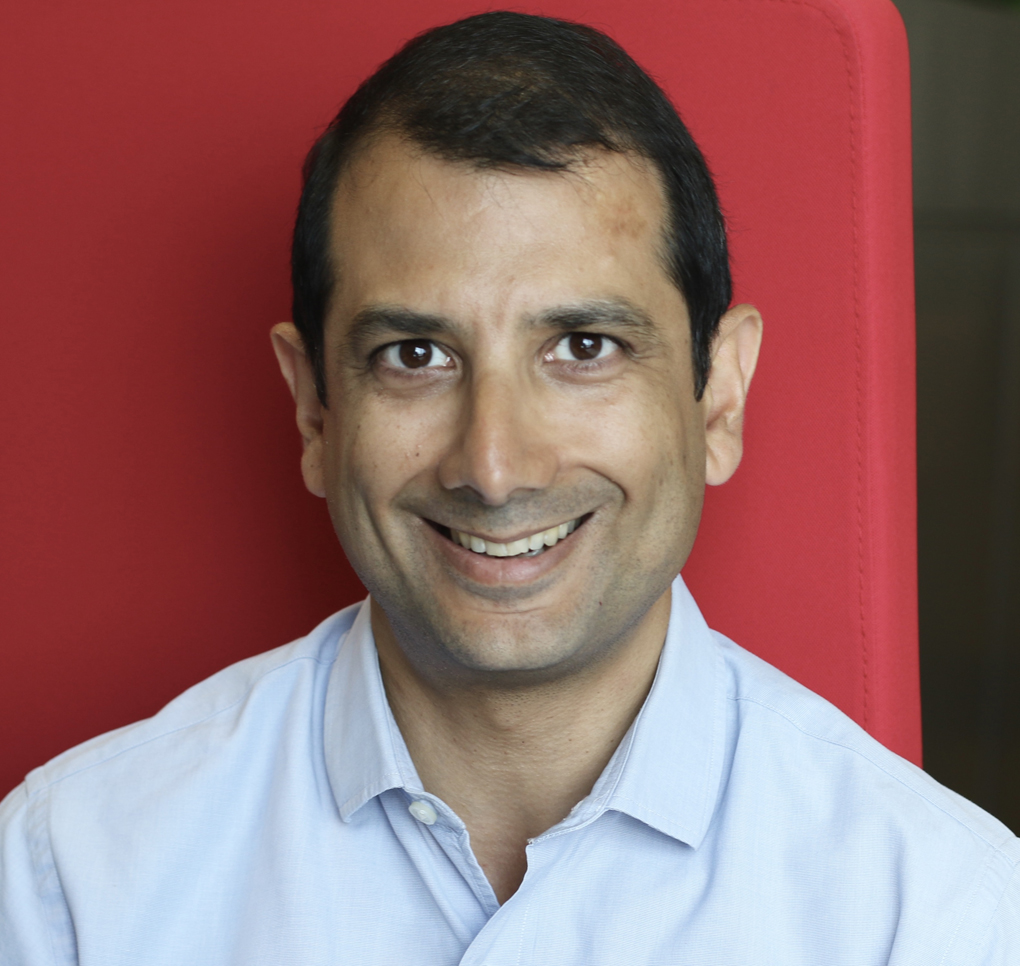
Yazad Dalal, Head of Human Capital Management, Oracle APAC
A good salary is no longer the key criteria for job seekers. They are seeking out brands that not only pay fairly, but also have common values and a reputation of putting employees first.
Job seekers are increasingly focusing onthe company’s reputation and astrong employer brand has become the ultimate recruitment tool. “Top ten places to work” andworkplaces offering the coolest perksnow regularly make it to social media channels. In response, HR teams are expected to think more like marketers. They need to be not only the voice to employees within the business, but also to the outside world.
Bridge the digital gap
We need to treat job seekers as consumers who are used to the convenience and personalisation offered by today’s leading brands. If your company offers an exceptional customer experience, potential candidates will expect the same level of interaction when being recruited.
Sadly, there remains a significant gap in many businesses between the way marketing teams engage customers and the way HR communicates with prospective employees.Employees are a company’s most valuable asset, and deserving of special attention.
Showcasing your employment culture to potential employees can be a challenge. It’s one thing to highlight traditional benefits like health insurance and paid sick leave, but more difficult to give candidates an authentic experience of day-to-day life as an employee.
One of the most effective tactics can be to encourage employees to create and share candid photos and videos of their life in the workplace on social networks. Larger companies may not have a clearly defined employer brand and many need to first establish what the workplace culture embodies before rolling out a coordinated recruitment initiative across the organisation.
Know thyself
Defining your employer brand is an enormous task. The most common mistake is to imitate other organisations thatare perceived as cool, even if they have a completely different work culture and ethos.Sure, a workforce of 20-something coders in a tech start-up might need a ball pit in their conference room, but the workers in a manufacturing plant might place more value on floor space.
As Andrew Warner, Monster.com’s VP of Marketing points outthat,‘An employer brand needs to be an authentic reflection of your company’s culture and values. Today’s professionals are looking for a place that is aligned with their own aspirations and ethics, so if an organisation is honest about its work culture it will naturally attract the right people.’
Think like a marketer
Next, your employer brand should align with your customer-facing brand. If the two are at odds with each other, candidates won’t know what to make of your work culture and may question the communication you share withthem, no matter how compelling it is.
According to Warner, the best way to keep everything aligned is by giving HR and recruiters the chance to work closely with internal marketing teams. This will ensure that the HR teams are equipped to apply marketing principles in their approach and understand how to best communicate withpotential candidates.
Social sourcing: The head-hunter is dead; long live the head-hunter
LinkedIn’s Digital Transformation Leader, Anne Dobeygives pause for thought: While only 20 percent of the workforce is actively looking for a job, 90 percent would be interested in moving for the right opportunity.
An overwhelming proportion of happily employed people are open to a change if they are presented with the right opportunity. Increasingly HR professionals are using social channels like LinkedIn and other recruitment portals to articulate an organisation’s work culture and attract the right talent.
HR leaders need to increasingly think like marketers, bemore strategicin their use of data from social media channels. Just as the marketing department uses customer data to target prospects with relevant content and offers, recruiters can access a wealth of information that will help them engage the right people in the right way.
Attracting good people is a daunting challenge in a competitive job market. Articulating astrong and genuine employer brand is crucial totempting potential candidates and to keep your existing employees engaged. After all, everyone wants to work for a respected employer. HR teams that apply the right marketing principles to recruitment and retain will find their employer brand doing much of the hard work for them.
The author, Yazad Dalal, is Head of Human Capital Management, Oracle APAC. Yazad will be participating in the SLASSCOM People Summit 2018, whichaims to provide leaders at all levels with pioneering talent management insights and perspectives while serving as a prime networking and experience sharing opportunity. The event will take place on February 20, 2018 at the Shangri-La Colombo. This annual event aims to bring together over 300 HR professionals and business leaders representing IT/BPM and other industries.
For more details and registrations, please visit http://bit.ly/peoplesummit2018


